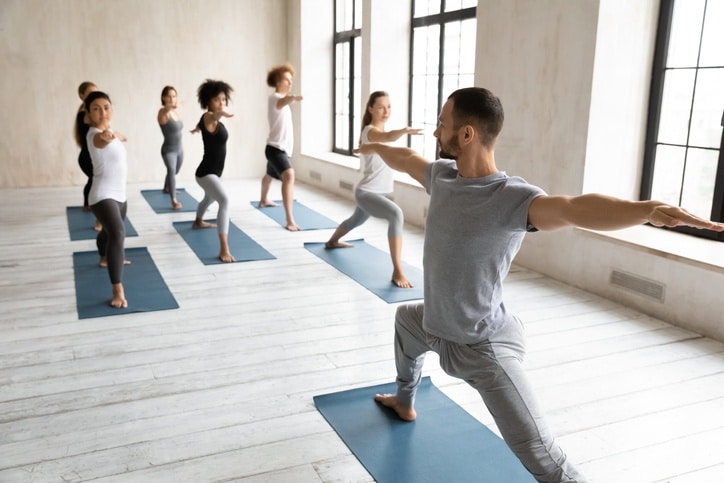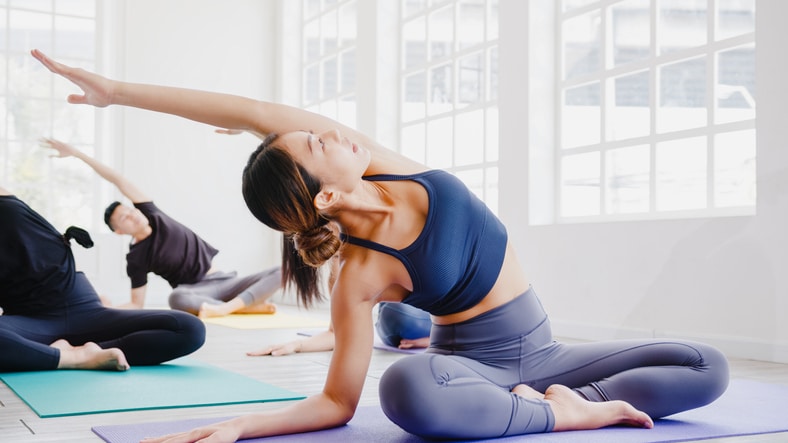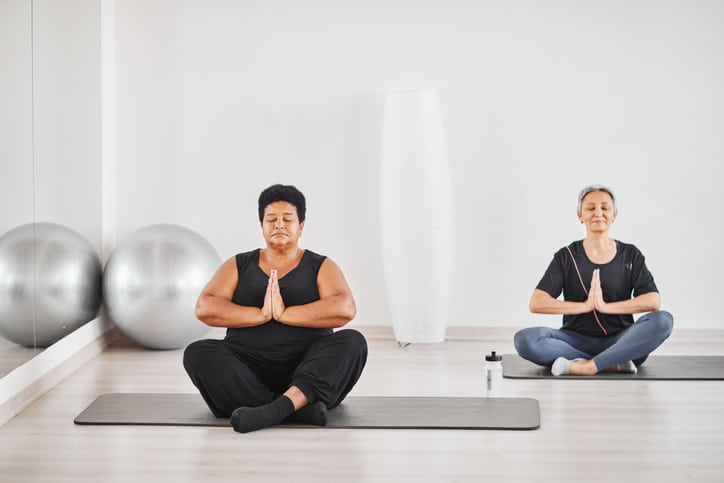
Creating a yoga sequence is an essential part of the role of an instructor following yoga teacher training. Having the ability to create a seamless flow is what helps each yoga class run smoothly and seamlessly, ensuring all participants are pleased with the result. There are several considerations that new yoga instructors should consider when learning how to create a yoga sequence, such as pose progression, the class theme, timing, safety, and more.
At the Vancouver School of Healing Arts, students pursuing their yoga teacher certificate are immersed in a comprehensive curriculum that helps them gain confidence in their practice and as instructors. The alignment-based Hatha training style at VSOHA helps students adapt their teaching to various styles, environments, and demographics. Continue reading to learn what to consider when structuring your future yoga sequences as an instructor.
1. Start with the Basics After Yoga Teacher Training
No matter what level of yoga classes you teach after yoga teacher training, it’s important to include the basics at the start of most sequences. Beginners and seasoned practitioners alike can benefit from returning to the foundations of yoga, focusing on centering themselves on their mat for their practice and working out any kinks with some basic poses. Getting in the habit of including basic poses to open your classes with, such as Cat/Cow, Downward-Facing Dog, Mountain, and Warrior I, will help your students ease into their classes. Depending on the class level, you can choose how quickly you’d like to ramp up the poses to more advanced levels as the class progresses.

2. Select a Theme for the Class
Selecting a theme for the class will help you narrow down your intention for the time you have with your students and help you build a cohesive sequence. Themes can vary depending on seasons, what you think would resonate with your students, what you feel is important to focus on, and more. Some examples of themes for yoga classes to use after you earn your yoga teacher certificate include encouraging students to set their intention for their practice, focusing on a specific body part for the class, such as shoulders or hips, selecting a chakra to center on, or basing the class on time of day or mood, such as morning yoga or yoga for peace. The theme can be anything that could provide value to students and will help you as the instructor and students to focus the practice and connect more deeply with the class.

3. Select Poses that Suit Your Theme and Class Progression
Finally, you’ll want to spend a few moments determining what poses you will explore together with your students based on your selected theme, the level of the class, and any other variables that may be relevant. For example, if you want to work up to a peak pose, you must utilize poses throughout the class that foreshadow the selected peak pose and prepare the students’ bodies for the more challenging pose ahead. Various pose categories help yoga classes feel balanced and well-designed, so including a mix of warm-ups that link breath to movement, standing poses, seated, prone and supine poses, twists, backbends, and hip openers will help create a nice sequence that students can benefit greatly from. Always ending in Shavasana will help your students find gratitude for what their bodies have done in the class and allow them to return to a resting state. No matter what specific poses you choose, if you stick to these guidelines, then you’ll be able to gain confidence in your abilities as a yoga instructor.
Interested in starting a yoga therapy career?
Contact the Vancouver School of Healing Arts for more information! Join us for our next Info Session in Yoga Teacher Training & Yoga Therapy on January 17th at 5pm! RSVP here.





